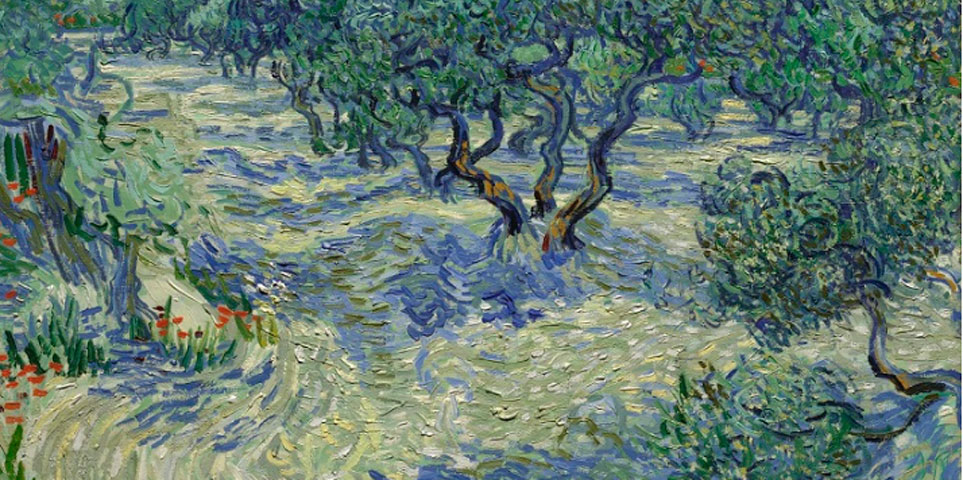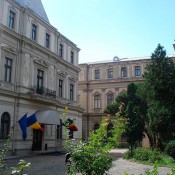A grasshopper in a work from the “Olive trees” series by Vincent Van Gogh was discovered by researchers of the Nelson Atkins Museum of Art in Kansas City, USA. The insect had been embedded in the colours of the 1889 painting that is one of the 18 works painted by the distinguished artists in Saint-Rémy-de-Provence.
At his own request, Van Gogh lived in the St Paul de Mausole Asylum from May 1889 to May 1890, painting its gardens and in his spare time, ventured into the olive groves, wheat fields and places with Cyprus trees.
The discovery was made, 128 years after the painting was created, by the fine art’s conservator Mary Schafer, according to the museum’s announcement.
The discovery of this creature in a painting may be strange, but it is a well known fact that Van Gogh painted in the open air.
“It is not unusual for insects or scraps of plants to be found in paintings that have been completed out doors” said Mary Schafer. “But in this case we were curious as to whether the grasshopper can be used to determine the specific period in which this work was created” she stressed.
Unfortunately after a consultation with a paleo-entomologist, the exact time of the work’s creation could not be deduced. This, to a large degree, is due to the fact that the grasshopper was dead when found on the canvas, which makes its appearance even more mysterious.
There is no doubt though, that the presence of the grasshopper is something that Van Gogh would have welcomed, since the artist had previously referred to other insects he collected on his canvases.
“But just go and sit outdoors, painting on the spot itself!”, he had written to his brother Theo in a letter dating from 1885, as pointed out in the museum’s announcement. “Then all sorts of things like the following happen — I must have picked up a good hundred flies and more off the four canvases that you’ll be getting, not to mention dust and sand…”




